This guide shows how to test cyanuric acid levels in your swimming pool’s stabilizer (cyanuric acid, CYA). Cyanuric Acid is chlorine’s sunscreen, preventing its burnoff when exposed to the Sun.
The Effects of CYA Imbalance
Not Enough – When cyanuric acid levels are too low, the pool’s chlorine is exposed to the sun’s UV rays, causing chlorine burnoff. Burnoff drops active chlorine levels in your pool.
Too Much – It acts as a barrier, preventing active chlorine from attaching to and acting on bacteria and other organic material in the pool. Can cause Chlorine Lock.
What the Ideal Cyanuric Acid Levels for My Pool?
Traditional Chlorine Pools – 30 – 60 ppm
For traditional chlorine pools, maintaining cyanuric acid levels between 30 and 60 ppm is crucial. Cyanuric acid acts as a chlorine stabilizer, reducing the amount of chlorine destroyed by the sun’s UV rays. This helps chlorine last longer and effectively sanitize the pool water, especially in outdoor pools exposed to UV rays.
Saltwater Pools – 60 – 80 ppm
Saltwater pools require slightly higher cyanuric acid levels, ideally between 60 and 80 ppm. The chlorine stabilizer properties of cyanuric acid are equally important in saltwater pools to ensure chlorine remains effective and to protect pool equipment from UV damage.
What’s Needed to Test My Pool’s CYA Level with a Test Kit?
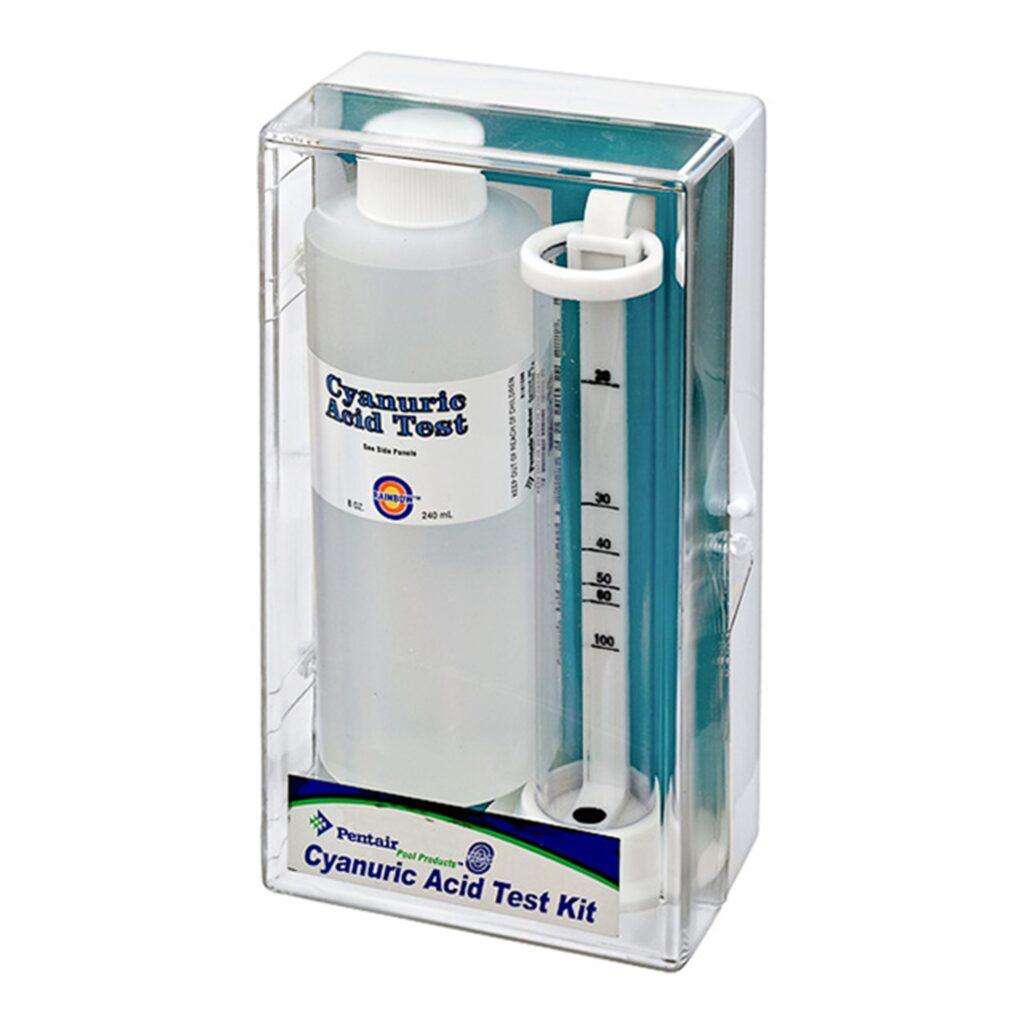
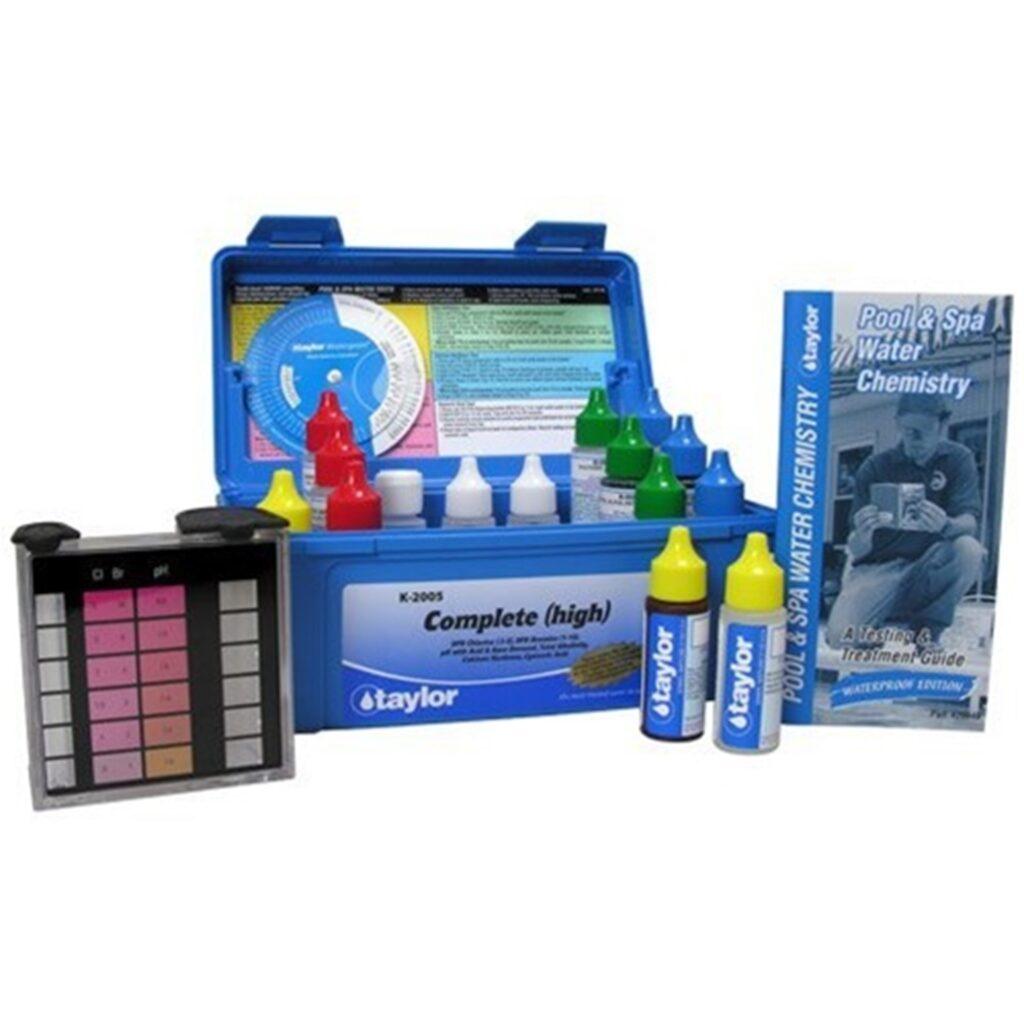
Most basic pool test kits will include a stabilizer tab on their test strips. To guarantee the accuracy of your test results, we recommend using Pentair Stabilizer Test Kit or Taylor Water Test Kit – K2005
How To Test Pool Stabilizer
- Fill the test tube to Line-A with pool water for the cyanuric acid test.
- Pour the testing solution into the test tube up to Line-B
- Mix the test sample using the plunger attachment
- Pull the plunger to the top to see the black dot on the end of the dipstick.
- Slowly lower the plunger while watching the black dot. Stop lowering the plunger once you can no longer see the black dot.
- Using the sample as the marker, read the plunger’s CYA scale for your test results.
- Adjust CYA level as needed. Then, use Inyo’s Cyanuric Acid Calculator to determine the amount for your pool size.
- Guide on lowering CYA levels – Lowering Your CYA Without Draining
- Raise your CYA by slowly pouring into your skimmer while the pump runs. Do not dump the CYA into your skimmer because this can clog your plumbing and equipment.
Do you have any topics you’d like covered in our Pool Care Basics series? If so, feel free to leave a comment down below with any questions you’d like answered.





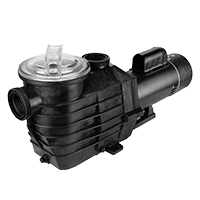
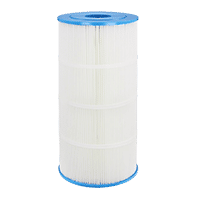
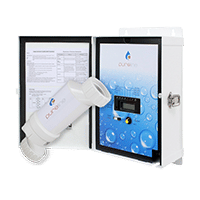
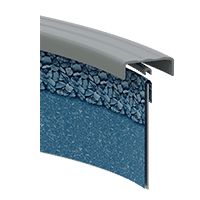


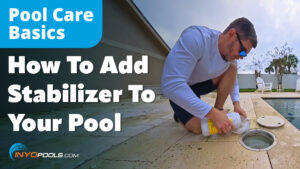

Leave a Reply